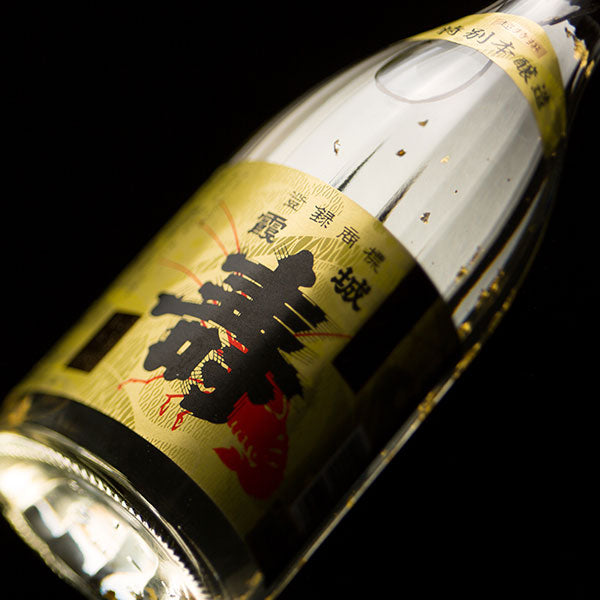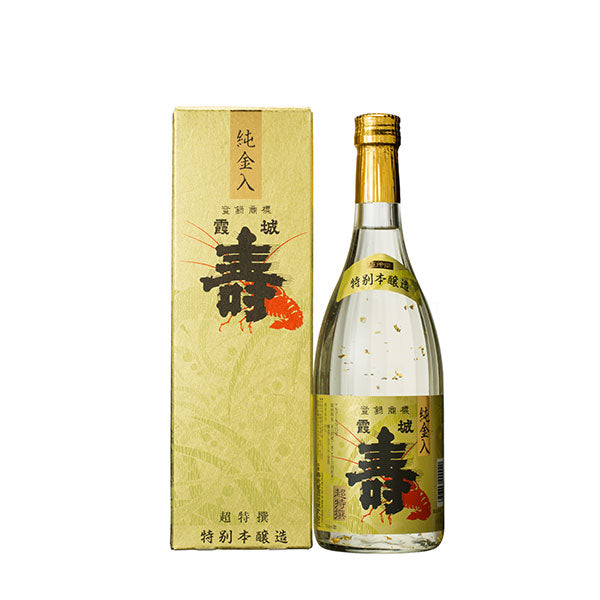-
 >
>
- Product list >
- Kajokotobuki Cho-tokusen Tokubetu-honjozo (720ml)
Kajokotobuki Cho-tokusen Tokubetu-honjozo (720ml)
詳しく見る
- *All prices shown are the product prices from the Japanpage:.
- *Product price can be shown in multiple currencies as reference values.
- *Payment should be made in Japanese yen.
- *After filling in delivery address, grand total (product price + shipping cost (packing + shipping + insurance) +tariffs & taxes) will be shown on the shipping cart page.
- *All prices shown are the product prices from the Japanpage:.
- *Product price can be shown in multiple currencies as reference values.
- *Payment should be made in Japanese yen.
- *After filling in delivery address, grand total (product price + shipping cost (packing + shipping + insurance) +tariffs & taxes) will be shown on the shipping cart page.
"Yamagata "Dewanosato" brewer's rice grains are ground down to 60% of their original size, then fermented with Yamagata yeast to make a Tokubetsu Honjozo called "Kajokotobuki Cho-tokusen Tokubetu-honjozo". The natural water drawn from our company well is melted snow from Mt. Zao, full of the power of nature, and the sake we make with it is rich and mellow, with a deep and savory flavor. The gold leaf floating in the sake also gives it a luxurious appearance, and our customers love serving it at special events for this reason. It's the perfect bottle to spend blissful moments with on the best days of your life.
Pairing food proposed from Vendor
Steak, sukiyaki, sushi
About "Kajokotobuki"
The name "Kajokotobuki" is a combination of the common name for Yamagata Castle, "Kasumigajo" with "kotobuki" (congratulations). Japanese sake made from high-quality rice and the soft water of Mt. Zao's underground springs (water formed when snow on Mt. Zao melts). With pride in our 300-year history as a traditional sake brewer, this brewery also use modern technology to product the ultimate beverage for your enjoyment.
Recommended temperature
- Atsukan (50 - 55℃)
- Jokan (45 - 50℃)
- Nurukan (30 - 40℃)
- Room temperature (15 - 20℃)
- Hanabie (10℃)
- Yukibie (5℃)
Type


Tag
Appearance
-
Clarity
Transparency
Hazy
-
Colour
Colorless
Dark brown
-
Intensity
Water
Deep
Nose characteristics
-
Intensity
Low
Strong
Taste characteristics
-
Light / Body
Light
Body
-
Sweet / Dry
Sweet
Dry
-
Simple / Complexity
Simple
Complexity
-
Acidity
Low
High
-
Umami
Low
High
-
Finish
Low finish
Long finish
Aroma and flavor
Apple
Detailed information
| Volume | 720ml |
|---|---|
| Size (L W H) | 8.0 x 8.0 x 27.5 cm |
| Weight | 1.2kg |
| Ingredients | Rice, Rice koji, Water |
| Region | Yamagata |
| Alcohol content | 15%vol. |
|
Sake Meter Value
|
+5 |
|
Acid level
|
1.7 |
|
Polishing ratio
|
60% |









